When Steve Jobs was ousted from Apple in 1985, who guessed his next venture would become the tech that later saved the company he co-founded? After a boardroom power struggle, he walked out, then invested $12 million of his own money to create NeXT, Inc. The paradox that followed is hard to beat: a company that would struggle to gain traction in the market yet ultimately become the startup that brought Jobs back to Apple and powered its biggest breakthroughs.
The birth of something revolutionary
NeXT was not just another computer company. It captured Jobs’ vision of what computing could become. Founded after Jobs was ousted from Apple, the company set out to build machines for higher education, with Jobs describing their approach as "listening to users to find out what they want." The ambition was massive, and so was the investment.
Here is what makes the early days of NeXT so fascinating: Jobs was not just throwing money around. H. Ross Perot invested $20 million in NeXT, calling it "the least risk of any [startup] I’ve seen in 25 years in the computer industry." This was not just any investor. Perot had built Electronic Data Systems from the ground up, turned it into a billion-dollar technology services empire, then sold it to General Motors. His endorsement carried serious weight in the tech world.
Even the logo was a statement. Paul Rand was hired to create NeXT’s logo for $100,000, a hefty sum that reflected Jobs’ commitment to design excellence from day one. This approach, obsessing over every detail from technology to visual identity, would become the DNA that transformed Apple, a design philosophy that put form and function in lockstep.
The Cube: ahead of its time, behind in sales
NeXT’s debut device was called "the Cube," and it was unlike anything else on the market. Picture this, a striking one-foot black magnesium frame wrapped around a 25 MHz Motorola 68030 processor. The specs were strong for 1988: 8MB of RAM, a built-in 256 MB magneto-optical drive, and what was described as a "supercomputer on a chip" digital signal processor.
But the market had other ideas. The NeXT Computer launched in 1988 with a list price commonly reported at about $6,500 (education discounts were sometimes offered). It was less expensive than some high-end UNIX workstations (e.g., certain Sun/SGI systems) but still costly for most individual buyers and many schools. Competing high-end workstations from companies like Sun and Silicon Graphics could run $20,000 or more, yet NeXT’s price still put it out of reach for many schools and most individuals.
It is the classic tech bind. Build something revolutionary, then watch the price tag keep it at arm’s length. Even at the discounted educational pricing, the Cube was a masterpiece most people simply could not afford.
NeXTSTEP: the software that changed everything
While the hardware struggled commercially, NeXTSTEP changed the conversation. This was not just another operating system. It was a glimpse of the future. The UNIX-based system with a graphical user interface was designed to make software development as user-friendly as the Mac had made computing for regular users.
NeXTSTEP paired a UNIX/BSD-based kernel with a sophisticated, object-oriented desktop environment, using Adobe’s Display PostScript technology to render graphics and fonts at high resolution. What you saw on screen matched what came off the printer, a shift that reshaped desktop publishing and graphic design.
The impact landed fast and lasted. Tim Berners-Lee used a NeXT computer to create the World Wide Web; yes, the Web began on a NeXT machine. And if that was not enough, John Carmack and id Software used NeXT / NeXTSTEP in development work for Doom and later id titles (Doom/Quake engines); Wolfenstein 3D was originally a DOS title developed earlier. These were not just games. They were foundational titles that essentially created the first-person shooter genre.
What made this possible was NeXTSTEP’s advanced networking. The system was conceived as a networking OS from the ground up, with TCP/IP networking and an advanced Mail client in the v0.8 launch edition, years before mainstream operating systems took networking seriously.
The acquisition that saved Apple
By the numbers, NeXT was a commercial disappointment. The company sold approximately 50,000 computers in its lifetime, a figure that, as one observer noted, Apple ships in just six days today. Failure on paper. Seed corn in reality.
The story turns in the mid-1990s when Apple was struggling with its own operating system challenges. Apple needed a modern, stable foundation for its next-generation operating system, something its aging Mac OS could not provide. Apple announced its intent to acquire NeXT on Dec. 20, 1996; the company's press release cited a $400 million purchase price, while later reporting sometimes lists figures up to ~$427 to $429 million; the deal also involved roughly 1.5 million Apple shares. Jobs returned to Apple as an advisor and became interim CEO in 1997.
This was about technology first, reunion second. NeXTSTEP’s technology influenced the development of macOS, including features we still use today like the Dock and the Objective-C programming language. Apple did not just buy a company; it bought the future foundation of all its operating systems, solving the most critical technical challenges in one strategic move.
The legacy that keeps on giving
Here is what makes NeXT the most successful failure in tech history: its DNA runs through every Apple device you have ever touched. NeXTSTEP became the foundation of Mac OS X, and from there, descendants of NeXTSTEP technologies persist in macOS, iOS, iPadOS, watchOS, and tvOS.
The influence goes deeper than you might think. Several macOS apps like Dictionary, Chess, TextEdit, and Mail.app descend directly from NeXTSTEP applications. Even that spinning pinwheel that shows up when your Mac is thinking, that is NeXTSTEP heritage.
From a development perspective, the legacy is equally clear. NeXT’s Project Builder and Interface Builder became Xcode, the environment that millions of developers use today to create iOS and macOS apps. And here is a fun fact: Objective-C (used heavily on NeXT) influenced later Apple language design; Swift was created at Apple (Chris Lattner et al., started ~2010, announced 2014).
Stack those milestones. When you consider that the launch of the iMac in 1998 marked the beginning of Apple’s resurgence, followed by revolutionary products like the iPhone in 2007, it is clear NeXT’s "failure" laid the groundwork for one of the greatest corporate turnarounds in history.
Bottom line, NeXT sold only 50,000 computers but became the technological backbone of a company whose market capitalization exceeded $3 trillion (briefly in early January 2022 and at other times since). That is not just a successful failure; that is the most successful failure in business history. Sometimes the biggest victories come disguised as the most expensive lessons, and NeXT proves that revolutionary technology often needs time to find its true purpose.




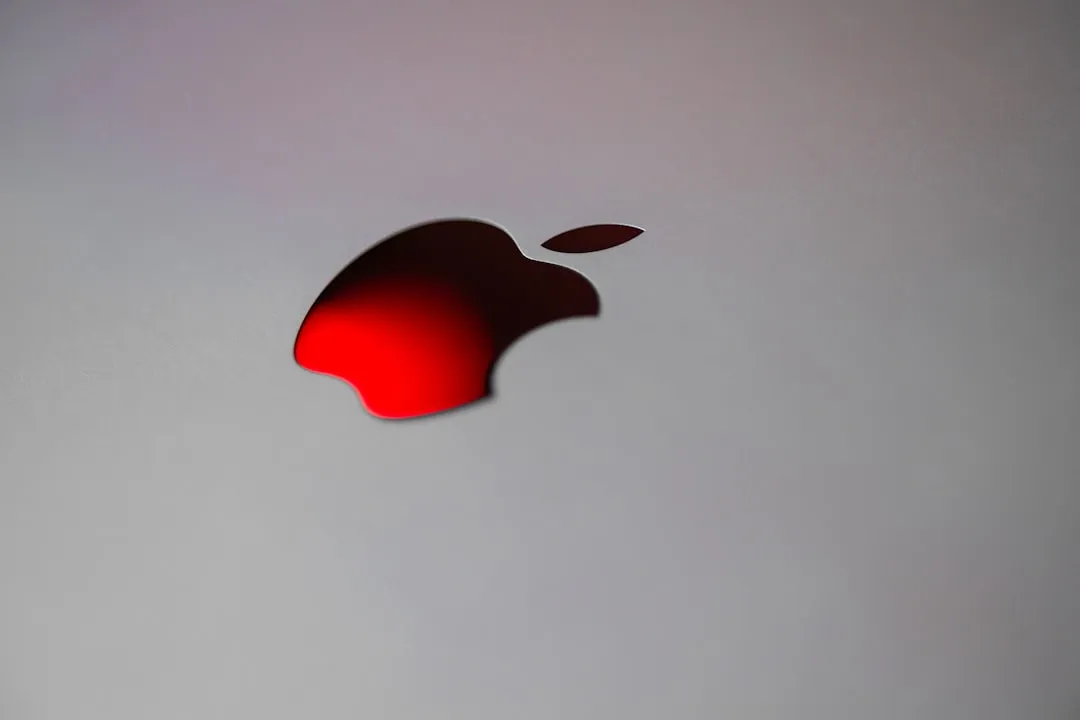

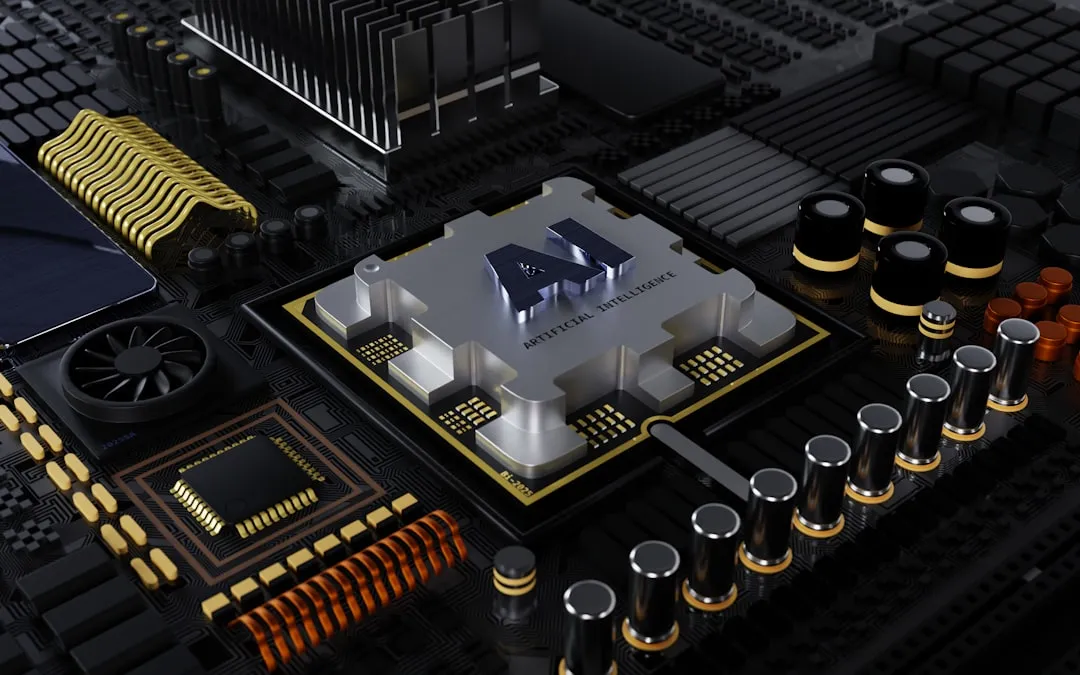
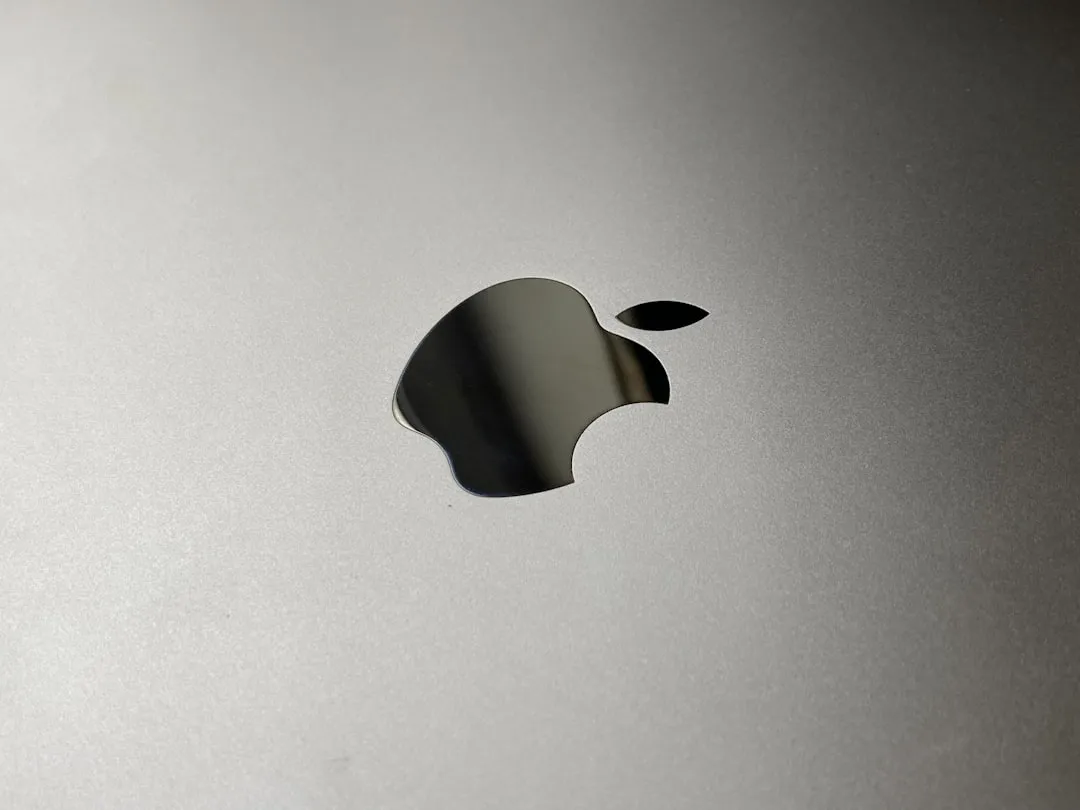
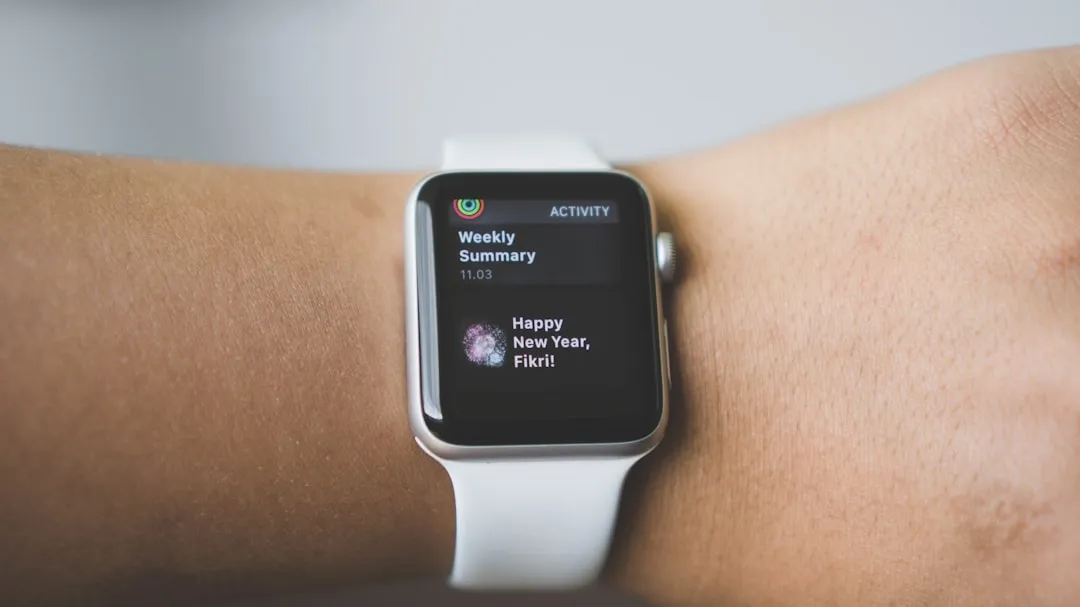
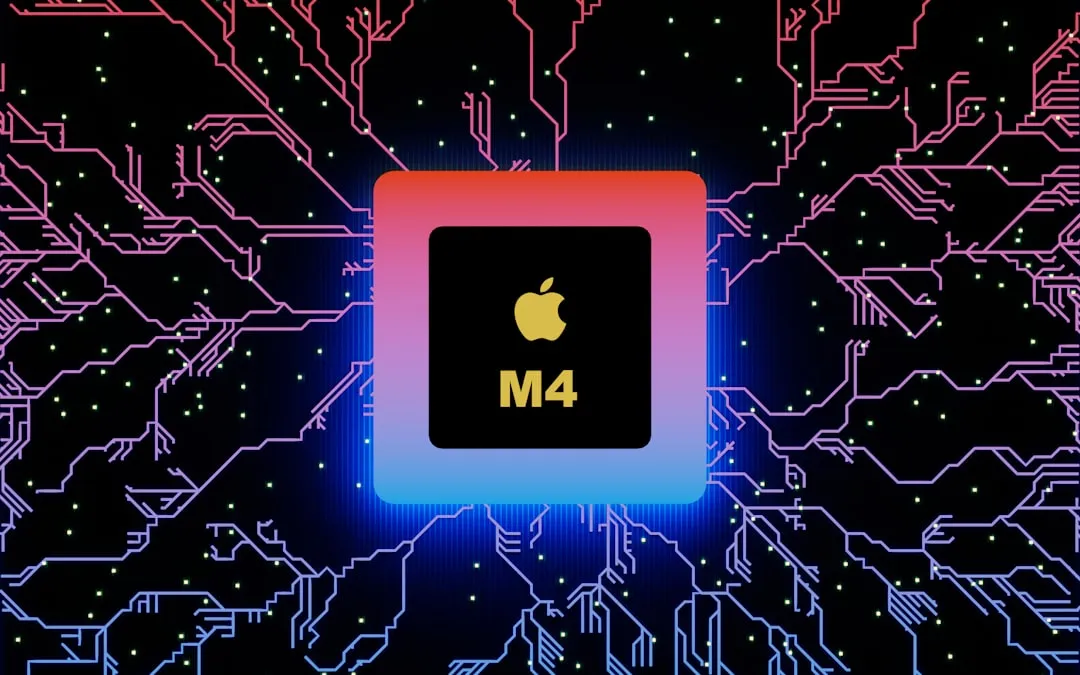



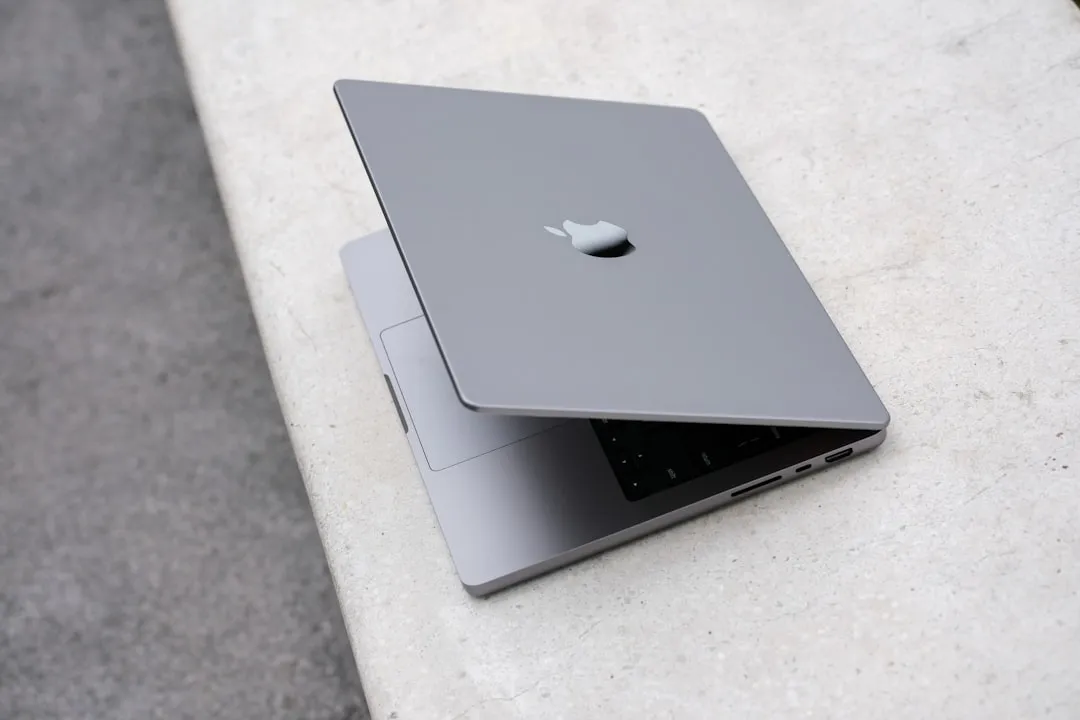
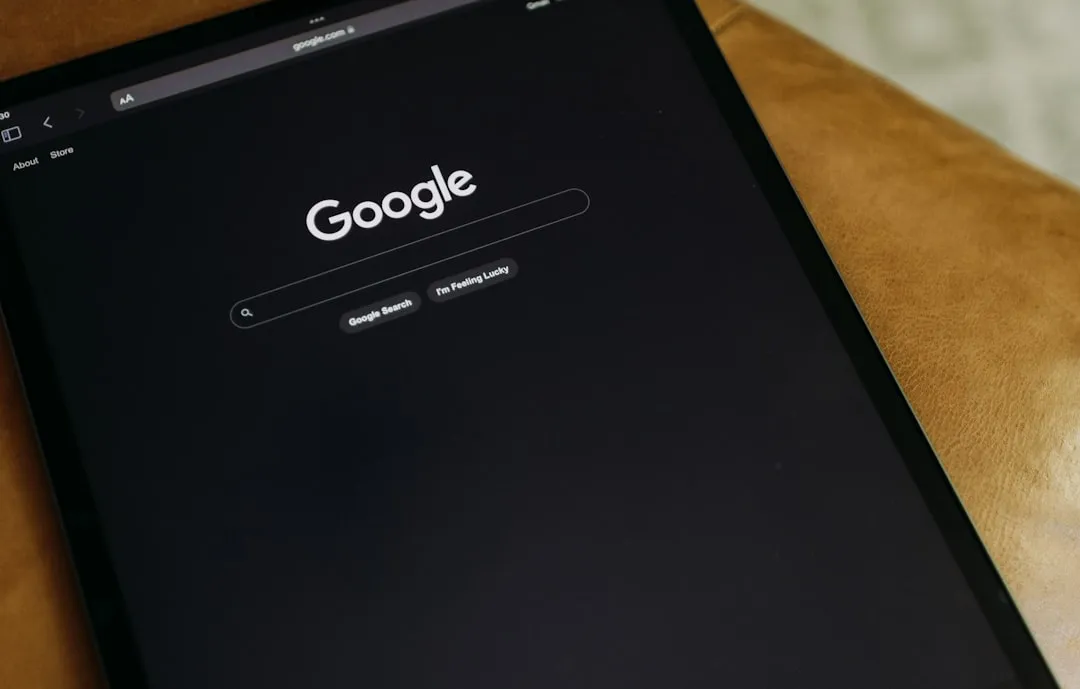

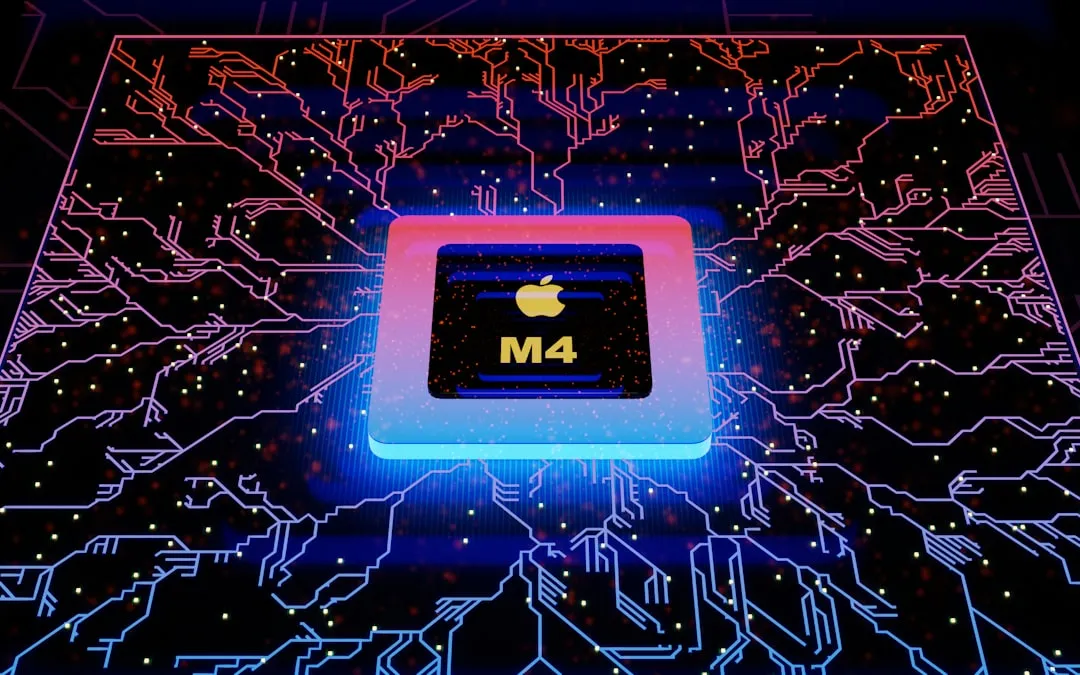


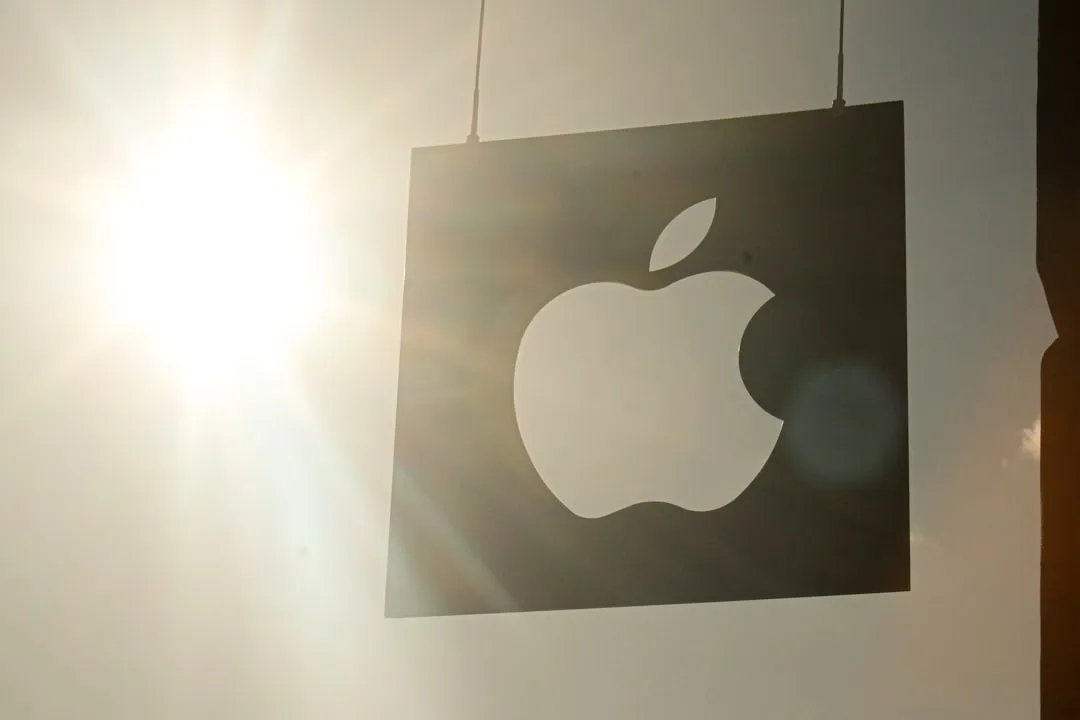
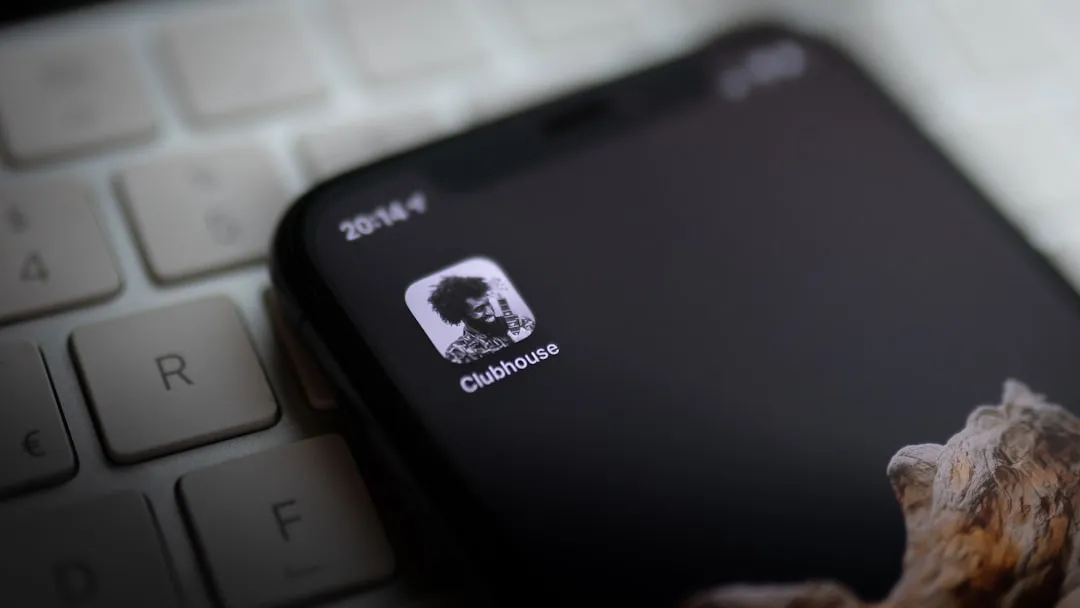

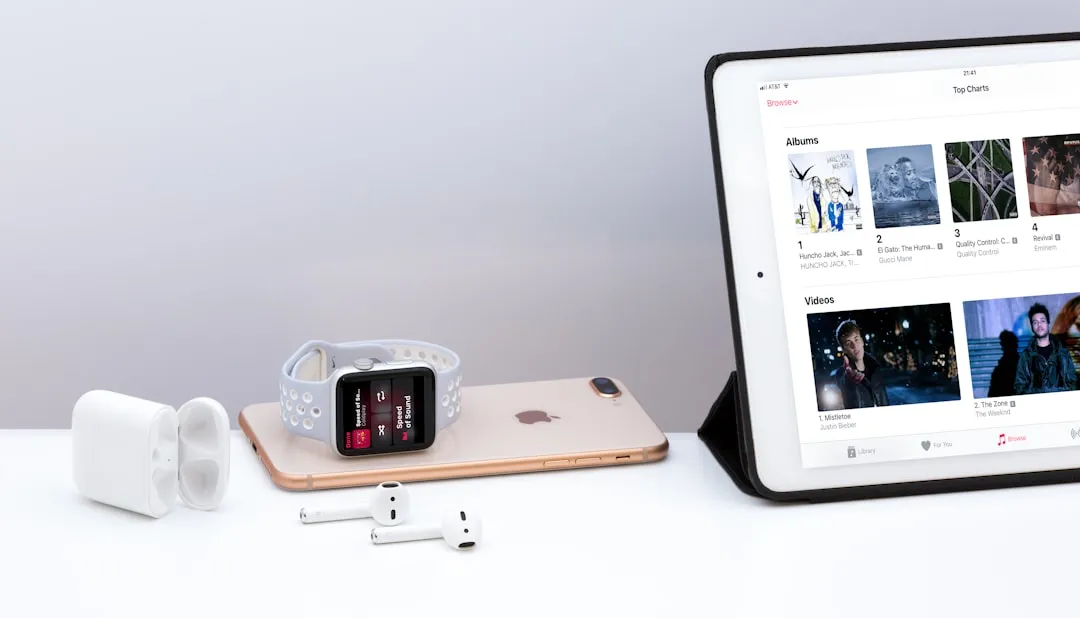
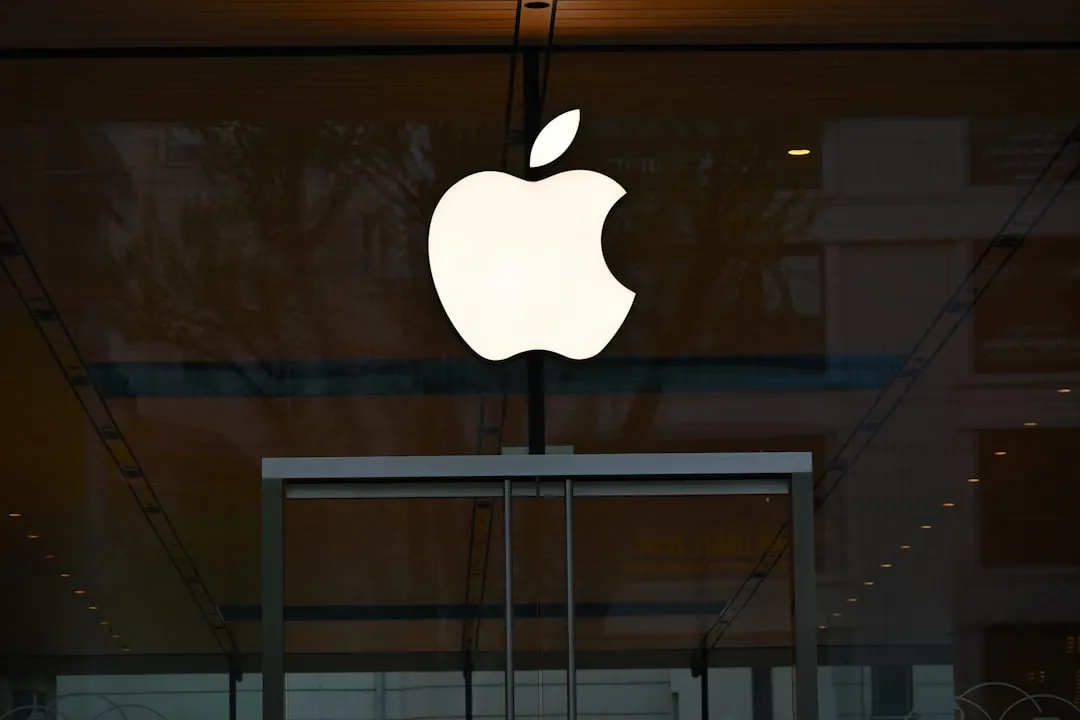

Comments
Be the first, drop a comment!